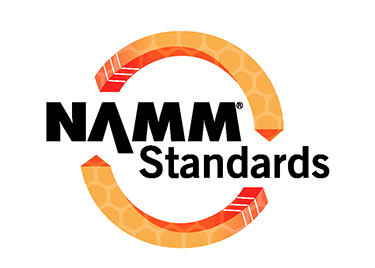 |
 |
|
  |
JULY 24 I STANDARDS I KATHLEEN COSTANZA The old adage “time is money” is never more true than in the case of a busy retailer’s day. The NAMM Ad-Hoc Technology Committee, though, has been hard at work for over a decade saving the industry time and money via B2B standards. At one point, they helped the industry get behind barcodes. Now, they’re pushing a broader set of B2B standards that help automate day-to-day transactions, increase efficiency and cut down on errors. “There’s a tremendous amount of savings behind all of this,” said Bill McGloine, IT director for Korg and the chairman of the NAMM Ad-Hoc Technology Committee. Based on a suite of XML-based documents, the standard can be implemented by any supplier or retailer in the industry. Here are a few major ways building them into your business can help your behind-the-scenes operations enter the 21st century and save you money: 1. Streamlines Order Lifecycle The NAMM Standard streamlines all that. Retailers can send a purchase order directly from their system into a supplier’s system, and suppliers can send confirmations and freight tracking info directly back to a retailer’s system. Then, suppliers can send invoices straight to a retailer’s system, eliminating data entry for the retailer and freeing up time for activities that grow business like posting to social media, planning events or even heading out to the floor. 2. Simplifies Research 3. Cuts Down on Errors 4. Low Cost to Start Saving “The data standards look like gobbly-gook to a lot of people,” said David Rice, CEO of Omacro, a free platform that uses the standard to instantly communicate price and product information between manufacturers, retailers and distributers. “You have to have some level of developmental experience or IT resources in your company to be able to program those. But what our macro does, for the other 99 percent of companies without those resources, we make it really easy so they can just use our platform.” To learn about other POS systems which use the standards, along with more info about adopting the standards, visit namm.com/standards
|
 |

